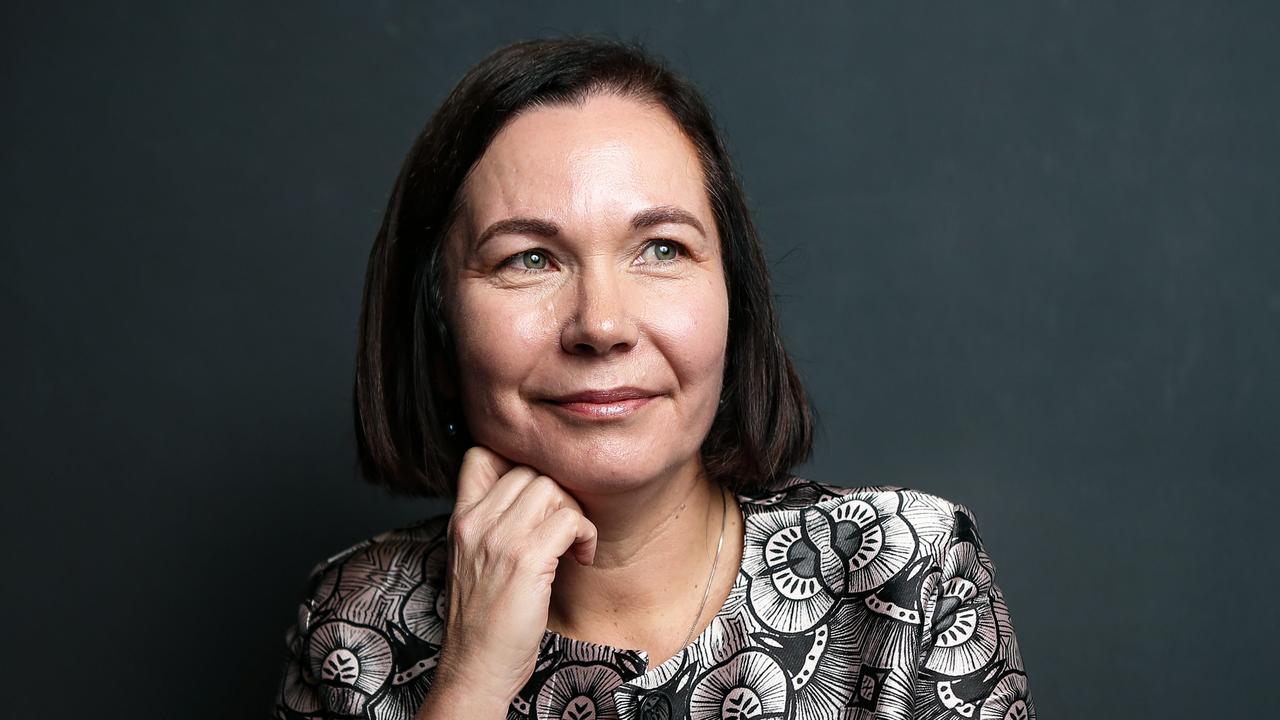NT exposed over child STIs
NINE Northern Territory children under the age of 10 contracted sexually transmitted infections in a six-month period last year, figures show.
NINE Northern Territory children under the age of 10 contracted sexually transmitted infections in a six-month period last year, figures show.
The NT Health Department's latest surveillance update reveals a further 73 children aged between 10 and 14 contracted STIs during the same period, from July to December.
Overall, the figures show rates of gonorrhoea were shockingly high in the Territory, 20 times higher than the national average.
And a continued increase in new chlamydia infections in the NT was a worrying trend, the department's Sexual Health and Blood Borne Virus Program head Jamie Broadfoot said.
Rates of chlamydia were four times the national average and, of those diagnosed, 50 per cent of cases were Aboriginal.
Of the STI diagnoses among children, five under the age of 10 had chlamydia and four had trichomoniasis, a parasitic infection that mainly affects females, the report shows.
In the 10 to 14 age group, 27 were diagnosed with gonorrhoea, 29 with chlamydia, one with syphilis and 16 with trichomoniasis.
Concern at the high rate of child sexual abuse among Aborigines in the NT prompted the federal government to declare an emergency intervention into 73 remote communities in 2007.
The overall numbers of STIs among the territory's Aboriginal population is much higher than the rate of diagnosis for non-indigenous people.
Among the Northern Territory's gonorrhoea rates in the period, 591 of the cases were diagnosed in Aborigines, compared with 47 diagnosed in the non-Aboriginal population.
There were 41 cases of syphilis in the same period among Aborigines, and 10 among non-Aborigines.
And trichomoniasis, a parasitic infection which mainly affects females -- was recorded in 827 cases among Aborigines, but only 27 in non-Aborigines.
But the rates of chlamydia among the non-Aboriginal population were almost as high as that for Aborigines, with 437 cases diagnosed in the non-Aboriginal population compared with 544 among Aborigines.
There were no cases of HIV recorded among Aborigines during the report period, and 76 per cent of the cases of Hepatitis C diagnosed were among non-Aboriginal people.



